Optimal Timing for Low Voltage Lighting
Low voltage lighting is most effective during low-light conditions, typically in the evening or at night. Installation timing can influence visibility and safety, making dusk or early evening optimal for setting up or activating lighting systems. Proper timing ensures that the lighting enhances outdoor aesthetics while providing adequate illumination for pathways and features.
Installing low voltage lighting during late afternoon or early evening allows for immediate testing and adjustment under real lighting conditions.
Spring and summer months offer longer evenings, providing more opportunities to evaluate lighting effectiveness in various ambient light levels.
Avoid installation during heavy rain or snow to ensure safety and proper functioning of electrical components.
Routine maintenance is best scheduled during dry, mild weather to prevent complications and ensure optimal performance.

Ways to make Low Voltage Lightings work in tight or awkward layouts.

Popular materials for Low Voltage Lightings and why they hold up over time.
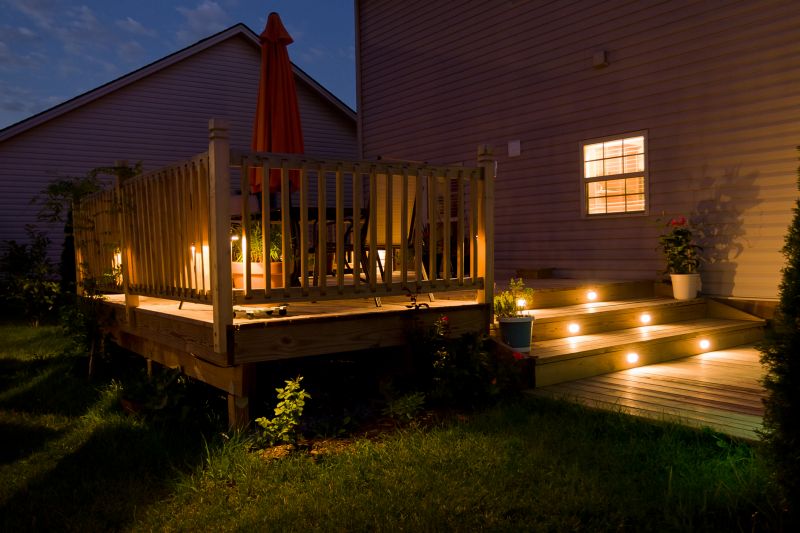
Simple add-ons that improve Low Voltage Lightings without blowing the budget.
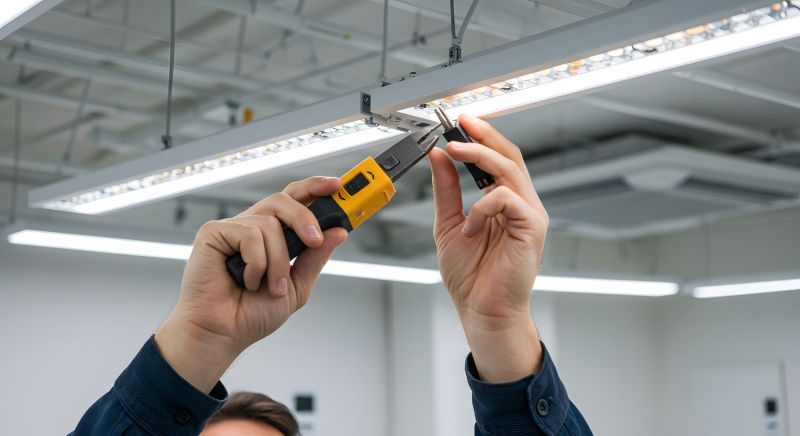
High-end options that actually feel worth it for Low Voltage Lightings.
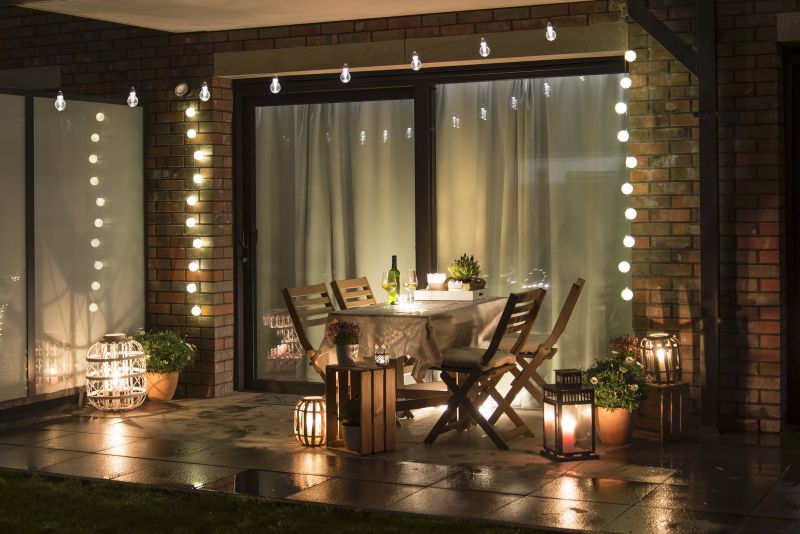
Finishes and colors that play nicely with Low Voltage Lightings.
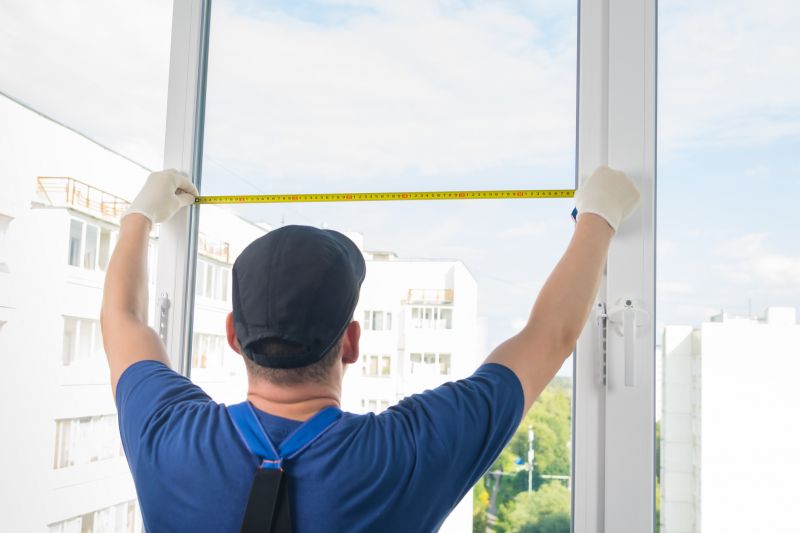
Little measurements that prevent headaches on Low Voltage Lightings day.
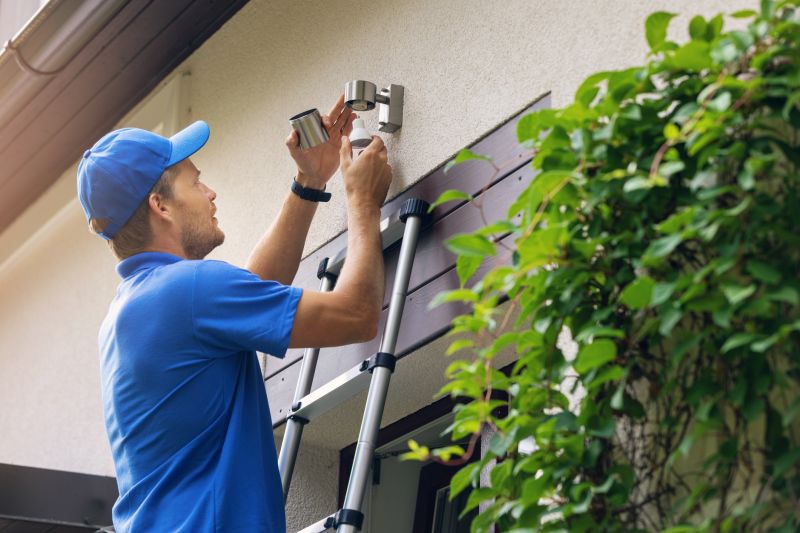
A 60-second routine that keeps Low Voltage Lightings looking new.
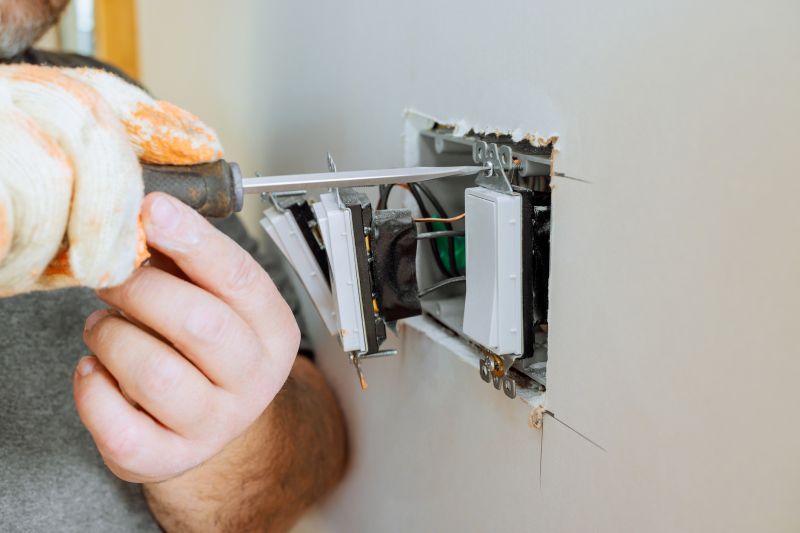
A frequent mistake in Low Voltage Lightings and how to dodge it.

Small tweaks to make Low Voltage Lightings safer and easier to use.
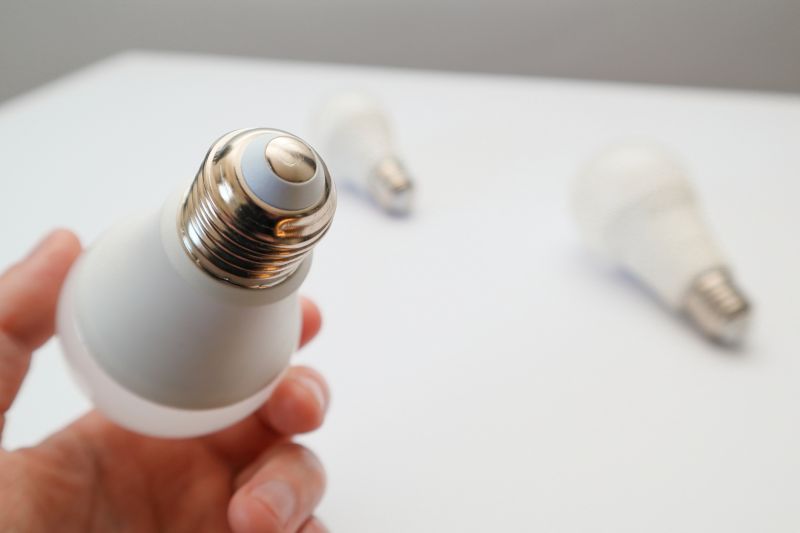
Lower-waste or water-saving choices for Low Voltage Lightings.
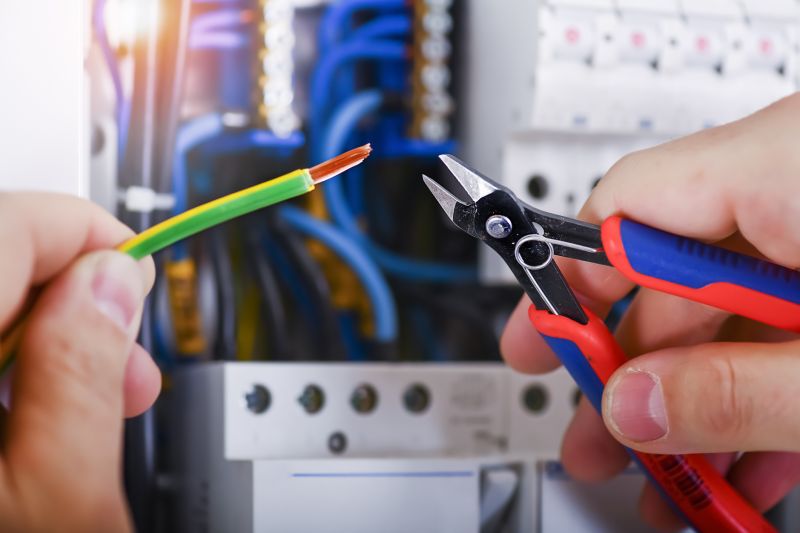
The short, realistic tool list for quality Low Voltage Lightings.
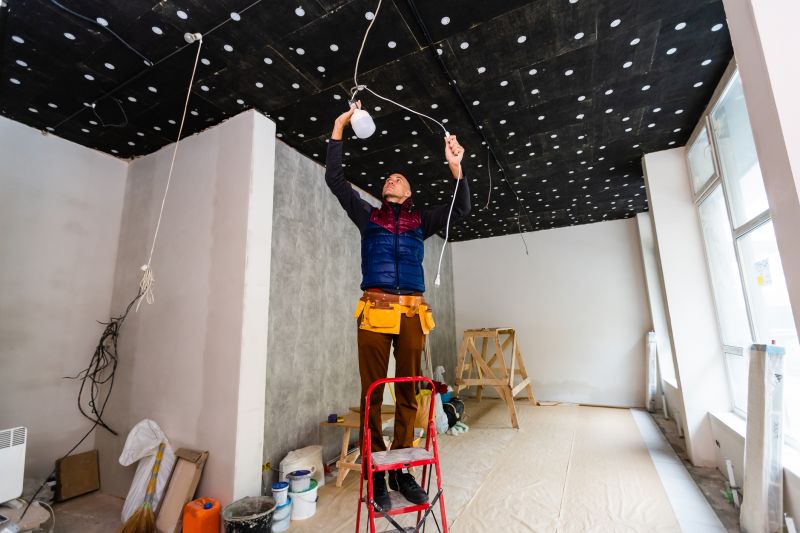
Rough timing from prep to clean-up for Low Voltage Lightings.
| Aspect | Details |
|---|---|
| Best Time of Day | Evening or at night for optimal visibility. |
| Seasonal Factors | Spring and summer provide longer evenings for assessment. |
| Weather Conditions | Avoid during heavy rain or snow. |
| Maintenance Timing | Dry, mild weather is ideal. |
| Energy Efficiency | Use during evening hours to save energy. |
| Safety Checks | Perform during daylight before activation. |
| Design Planning | Daytime planning helps visualize effects. |
| Customer Scheduling | Late afternoon or early evening is preferred. |
